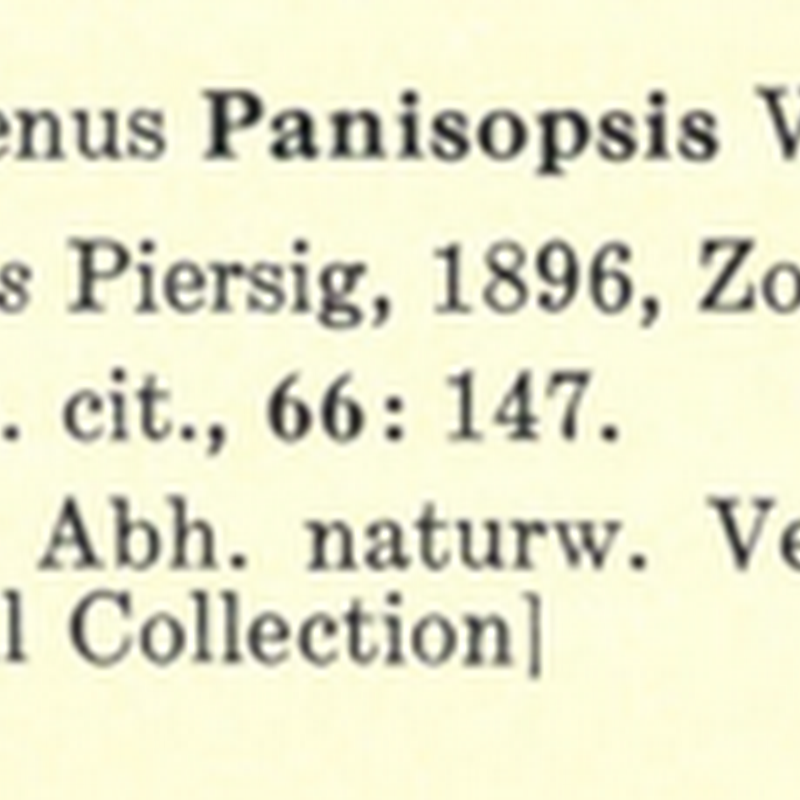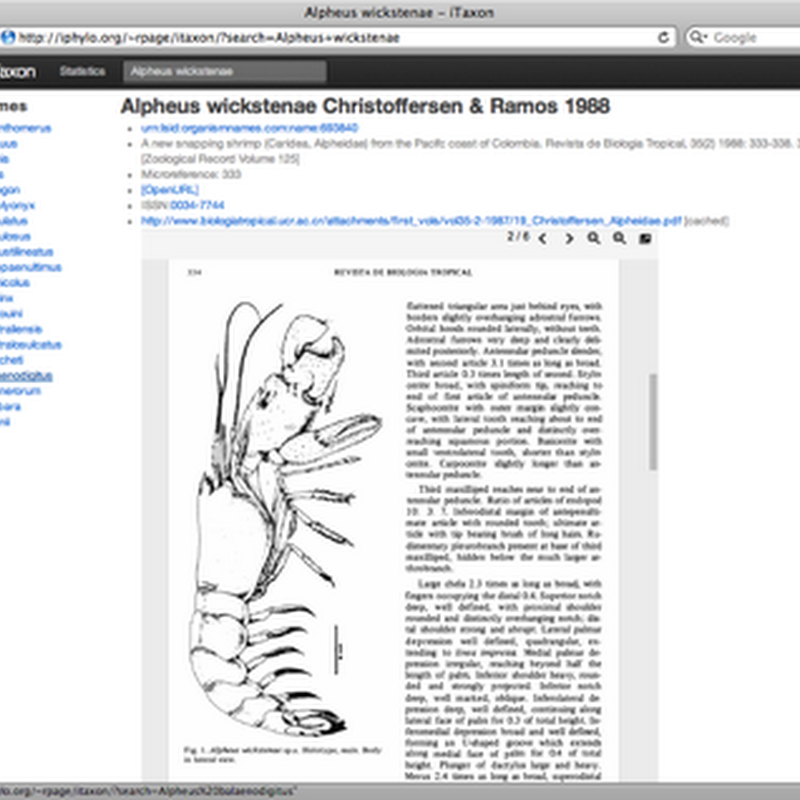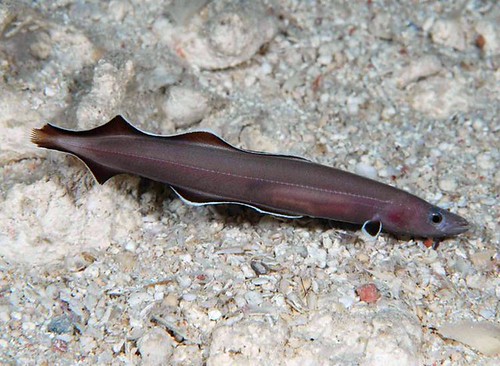
Some quick notes on possibilities for text-mining BHL (in rough order of priority). Any text-mining would have to be robust to OCR errors. I've created a group of OCR-related papers on Mendeley: Skip to content Welcome Enter your email to continue with Mendeley Email Continue Sign in via your organization About Elsevier Terms and conditions Privacy policy Help We use cookies to help provide and enhance our service.







